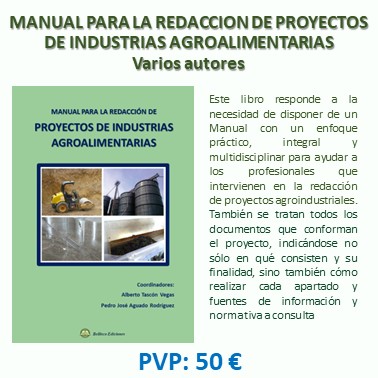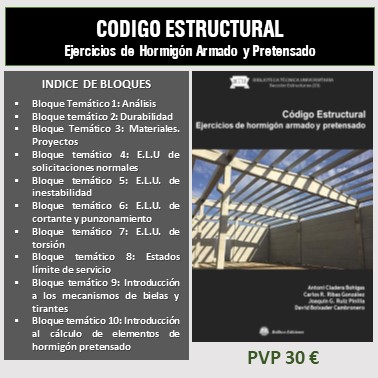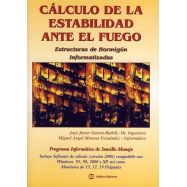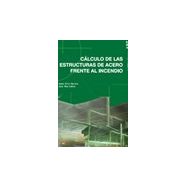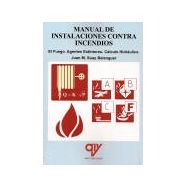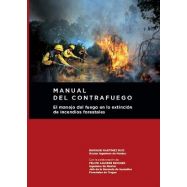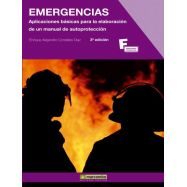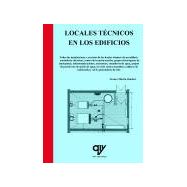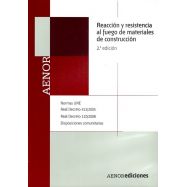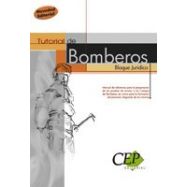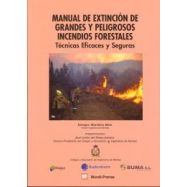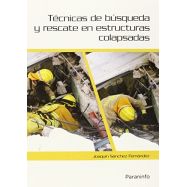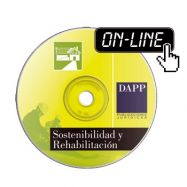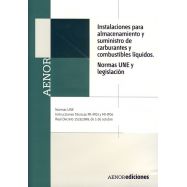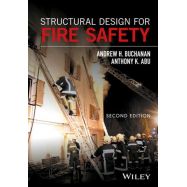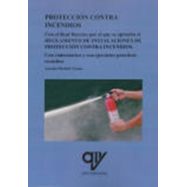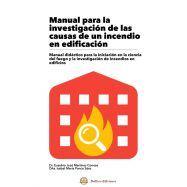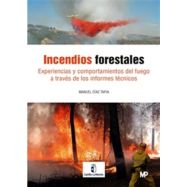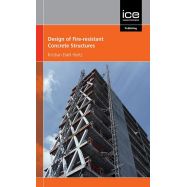Ningún producto
Materias
- BELLISCO EDICIONES. Nuestro Fondo Editorial
- FONDOS EDITORIALES EN DISTRIBUCION
- LIBROS TECNICOS EN INGLES
- ARQUITECTURA - URBANISMO
- AUTOMOCION - MOTORES - VEHICULOS
- AVIONICA - AERONAUTICA
- CALIDAD - EMPRESARIALES - GESTION
- CIENCIAS EXACTAS - MATEMATICAS
- CIENCIAS NATURALES Y APLICADAS
- CIENCIAS DE LA TIERRA - INGENIERIA DEL SUELO
- DICCIONARIOS TECNICOS
- ESTRUCTURAS - CONSTRUCCION
- FORMACION PROFESIONAL
- HIDRAULICA - INGENIERIA SANITARIA - AGUAS
- INGENIERIA CIVIL - OBRAS PUBLICAS
- INGENIERIA MECANICA E INDUSTRIAL
- INSTALACIONES . GENERALES, EN EDIFICACION E INDUSTRIALES
- MATERIALES
- MEDIO AMBIENTE
- NORMATIVA
- OPOSICIONES
- PREVENCION DE RIESGOS LABORALES
- PROGRAMAS INFORMATICOS DE CALCULO
- TECNOLOGIA DE LOS ALIMENTOS: Industrias: Conservación, envasado y cadenas alimentarias
- TELECOMUNICACIONES - INFORMATICA - TECNOLOGIA DE LA INFORMACION
- OUTLET DE BELLISCO: Descuentos de hasta el 80%
- RELIGION, TEOLOGIA, MORAL Y ESPIRITUALIDAD
- VARIOS
- OFERTAS
- PROMOCIONES
- NEWSLETTER
- CATEGORIAS DESTACADAS
- ULTIMAS NOVEDADES BELLISCO
- ARQUITECTURA SOSTENBILE
- URBANISNO
- MATEMATICAS EN GENERAL
- AGRONOMOS-AGRICULTURA-FORESTALES
- ELECTROMAGENTISMO-ELECTRONICA-ELECTRICIDAD
- INGª Y MECÁNICA DEL SUELO. CIMENTACIONES
- TOPOGRAFIA, FOTOGRAMETRÍA, GEODESIA
- EDIFICACION
- ANALISIS DE ESTRUCTURAS, RESISTENCIA DE MATERIALES, ELASTICIDAD, CALCULO MATRICIAL
- OFICIOS VARIOS
- ABASTECIMIENTO Y DISTRIBUCION DE AGUA
- PUENTES
- TUNELES Y OBRAS SUBTERRANEAS
- MAQUINAS Y MECANISMOS
- SOLDADURA
- CLIMATIZACION
- INSTALACIONES DE AGUA
- INSTALACIONES ELECTRICAS CIENCIA E INGENIERIA DE MATERIALES
- ENERGIAS RENOVABLES
- DESARROLLO SOSTENIBLE
- INFORMATICA-SISTEMAS-FORMACION-PROGRAMAS
-
PERFORMANCE-BASED FIRE ENGINEERING OF STRUCTURES
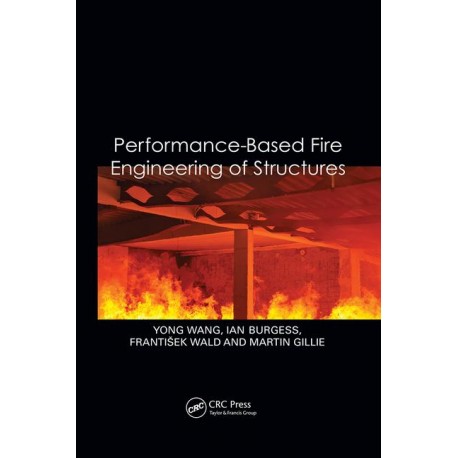 Ver más grande
Ver más grande Referencia: Código 07286
Mayo de 2017 - Yong Wang - Refª 7286
Yong Wang, Ian Burgess, František Wald, Martin Gillie
Mayo de 2017 Páginas: 394 Rústica
Código 7286 ISBN/EAN: 9781138074927
Features
- Addresses important issues of structural performance related to fire containment
- Reviews major structural fires, including the 2001 World Trade Center fires, and identifies the implications for performance-based fire engineering
- Covers recent developments in fire dynamics, heat transfer, and material properties
- Explains how to perform simple fire resistance calculations for structural elements using steel, concrete, timber, and masonry according to Eurocodes
- Emphasizes whole-structure behaviour, structural robustness, and fire compartment integrity under realistic fire conditions
- Presents a case study to demonstrate the practical application of performance-based fire engineering
- Includes more than 200 illustrations
Summary
Major events—notably the Broadgate fire in London, New York’s World Trade Center collapse, and the Windsor Tower fire in Madrid—as well as the enlightening studies at the Cardington fire research project have given international prominence to performance-based structural fire engineering. As a result, structural fire engineering has increasingly attracted the interest not only of fire and structural engineers but also of researchers and students. And studies in recent years have generated a vast number of findings.
Performance-Based Fire Engineering of Structures summarizes the latest knowledge on performance-based approaches to structural fire engineering, enabling readers to critically assess research in the field. Whereas most recent books have been mainly concerned with dissemination of principles encapsulated in established codes of practice such as the Eurocodes, this work addresses in depth:
- Global structural behaviour and modelling
- Progressive collapse of structures in fire and the importance of connection robustness
- The integrity of compartmentation in fire
- Structural fire engineering under realistic fire conditions and its implications for material properties
- The limitations of research results and design methods
- The unexploited potential for advanced fire engineering design
This authoritative book draws on the work of internationally active researchers who were core members of the European Network project’s COST C26 working group on fire resistance. It helps readers develop a thorough understanding of how to use advanced fire engineering design to improve structural safety and reduce construction costs.
Table of Contents
Introduction to Fire Safety Engineering and the Role of Structural Fire Engineering
Introduction to fire engineering
Roles of structural fire resistance
The process of performance-based fire engineering of structures
Introduction to the book
Recent Major Structural Fire Events and Their Implications
Introduction
Broadgate fire, London, 1990
Cardington fire research programme, 1994–2003
World Trade Center collapses, 11 September 2001
Windsor Tower fire, Madrid, 12 February 2005
Summary and context of this book
Introduction to Enclosure Fire Dynamics
Introduction
Standard fires
Fires in small compartments
Fires in large compartments and travelling fires
Computer models of compartment fires
Heat Transfer
Introduction
Basics of heat transfer
Convective heat transfer coefficients
Radiant heat transfer coefficient
Some simplified solutions for heat transfer
Importance of using appropriate thermal properties of materials
Effects of thermal boundary conditions
Brief introduction to numerical analysis of heat transfer
Concluding remarks
Material Properties
Introduction
Structural materials
Fire protection materials
Concluding remarks
Element Structural Fire Resistance Design
Design principles
Concrete structures
Steel structures
Composite steel and concrete structures
Timber structures
Masonry structures
Aluminium structures
Fire resistance design worked examples
Global Modelling of Structures in Fire
Introduction
Nature of global structural behaviour in fire
Analytical methods for structures in fire
Practical modelling techniques
Steel and Composite Joints
Introduction
Typical joints at ambient temperature and in fire
Current design
Development of performance-based approaches
Integrity of Compartmentation
Introduction
Issues affecting internal walls
Design of slabs for integrity in fire
Robustness of Structures in Fire
Introduction
Causes of fire-induced disproportionate collapse
Design strategies
Catenary action
Requirements for connections
Other considerations
Summary
The Practical Application of Structural Fire Engineering for a Retail Development in the United Kingdom
Introduction
Methodology
Design fires
Acceptance criteria
Finite element analyses
Steel beam connections
Simplified methods
Comparison between Vulcan and simplified methods
Conclusions
References
TAMBIEN LE PUEDE INTERESAR
- 52,25 €
- 30,00 €
- 44,00 €
- 20,00 €

